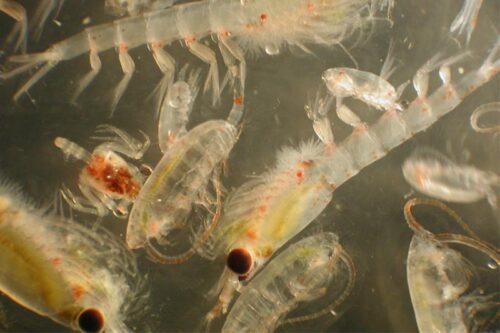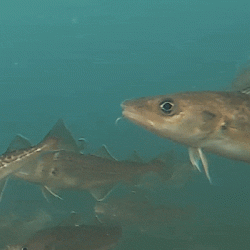NOAA Fisheries Alaska On Bering Sea Zooplankton Climate Change Effects
NOAA Fisheries Alaska posted an interesting piece on zooplankton numbers in the Bering Sea and if climate change was reducing food sources for aquatic species.

Here’s a sample:
Zooplankton are near the base of the marine food web. If the base changes, we will see changes higher in the foodweb. There will be species that respond better than others,” said study lead Dave Kimmel, NOAA Fisheries, Alaska Fisheries Science Center EcoFOCI program. “By studying zooplankton we can see what the future ecosystem might look like. That knowledge can help people who make a living on it, or manage it, adapt and prepare.” …
To understand how climate drove these changes, and predict how the ecosystem may respond to continued warming, scientists needed to know what happened to zooplankton.
“We took advantage of zooplankton data from a 17-year survey time series that our collaborators at Auke Bay Laboratories had collected as part of a salmon fisheries oceanography survey with Alaska Department of Fish and Game,” Kimmel said. “Working collaboratively with them and our partners at University of Alaska, we were able to extract a wealth of information from data that had already been collected.”
Long-term studies such as those conducted by NOAA’s EcoFOCI program are our best available tool for predicting climate-driven ecosystem change. By looking at how the ecosystem responded to past climate variability, we can better predict how it will respond to future climate change.




